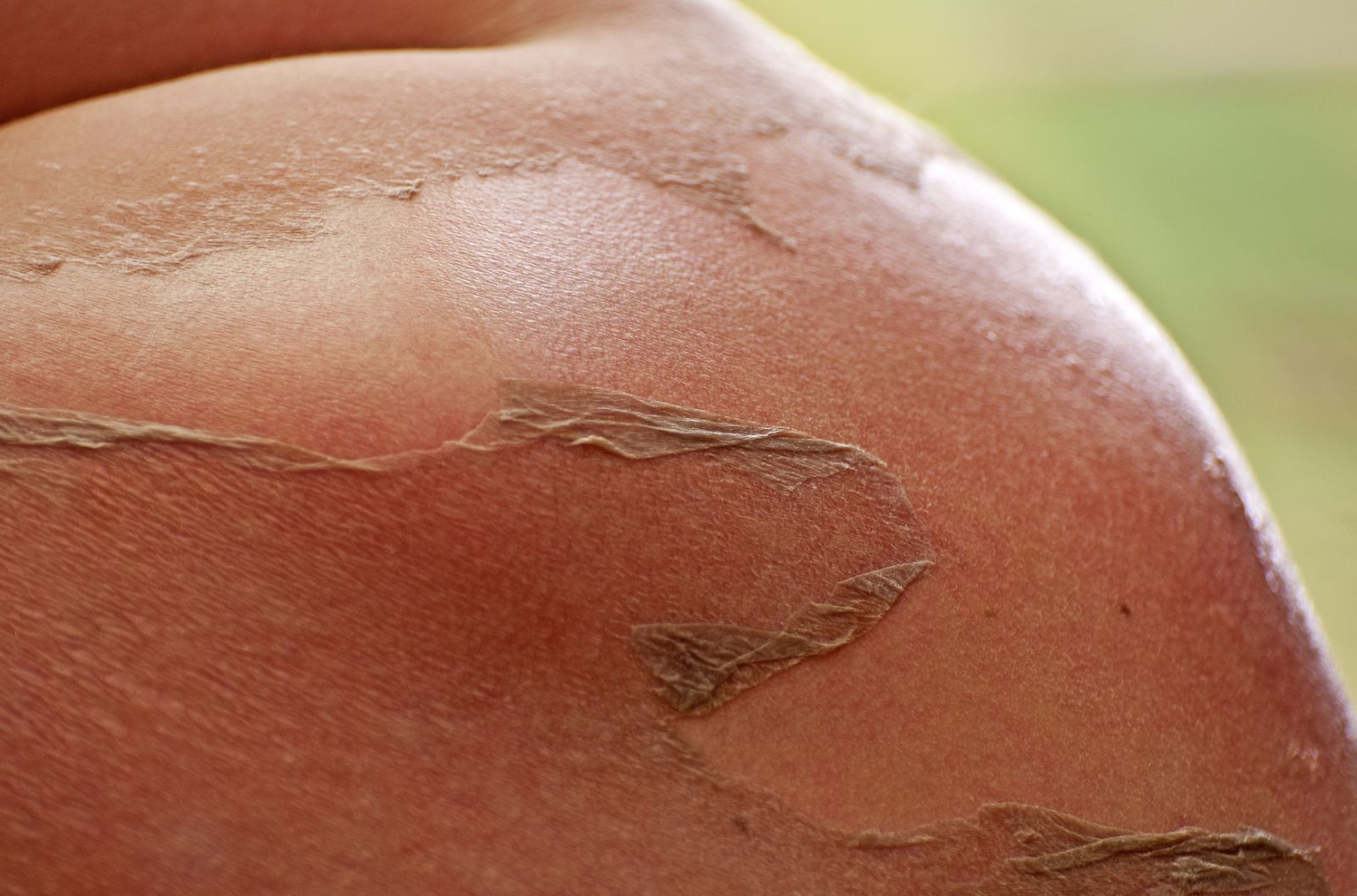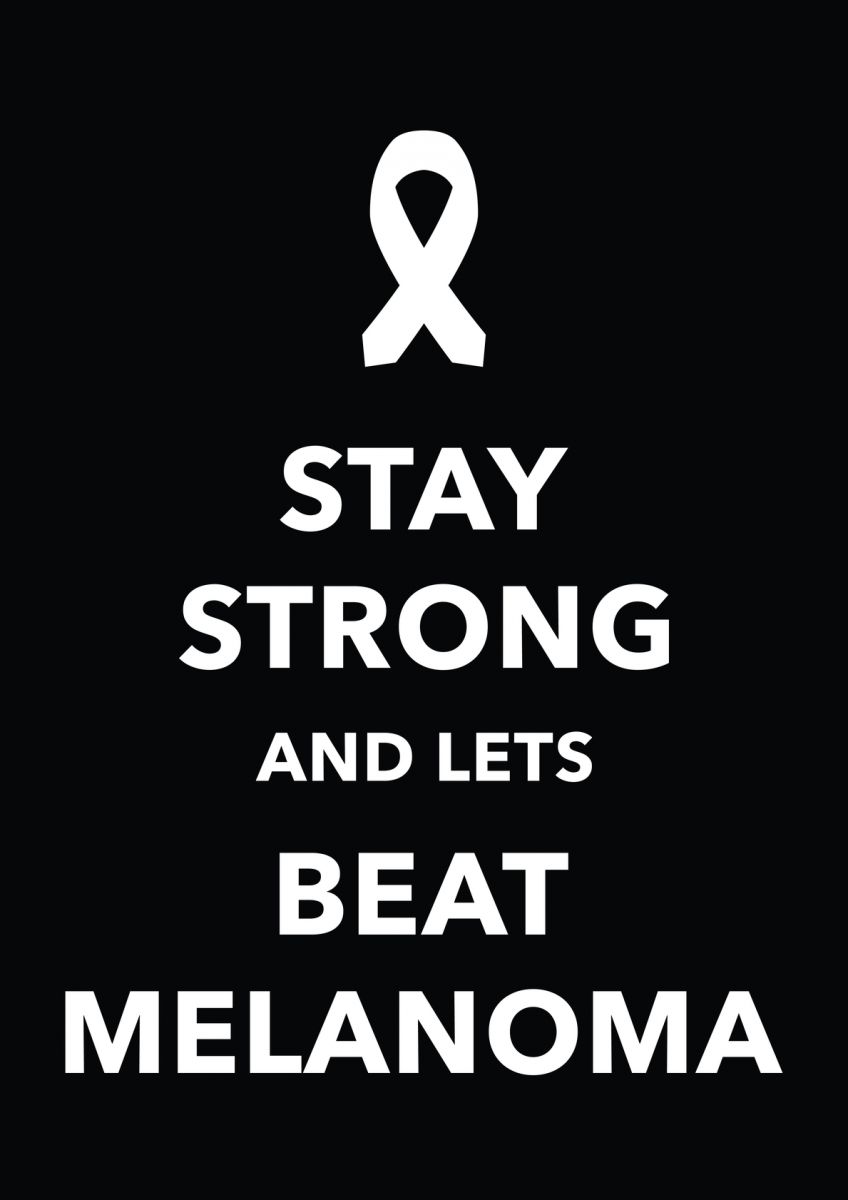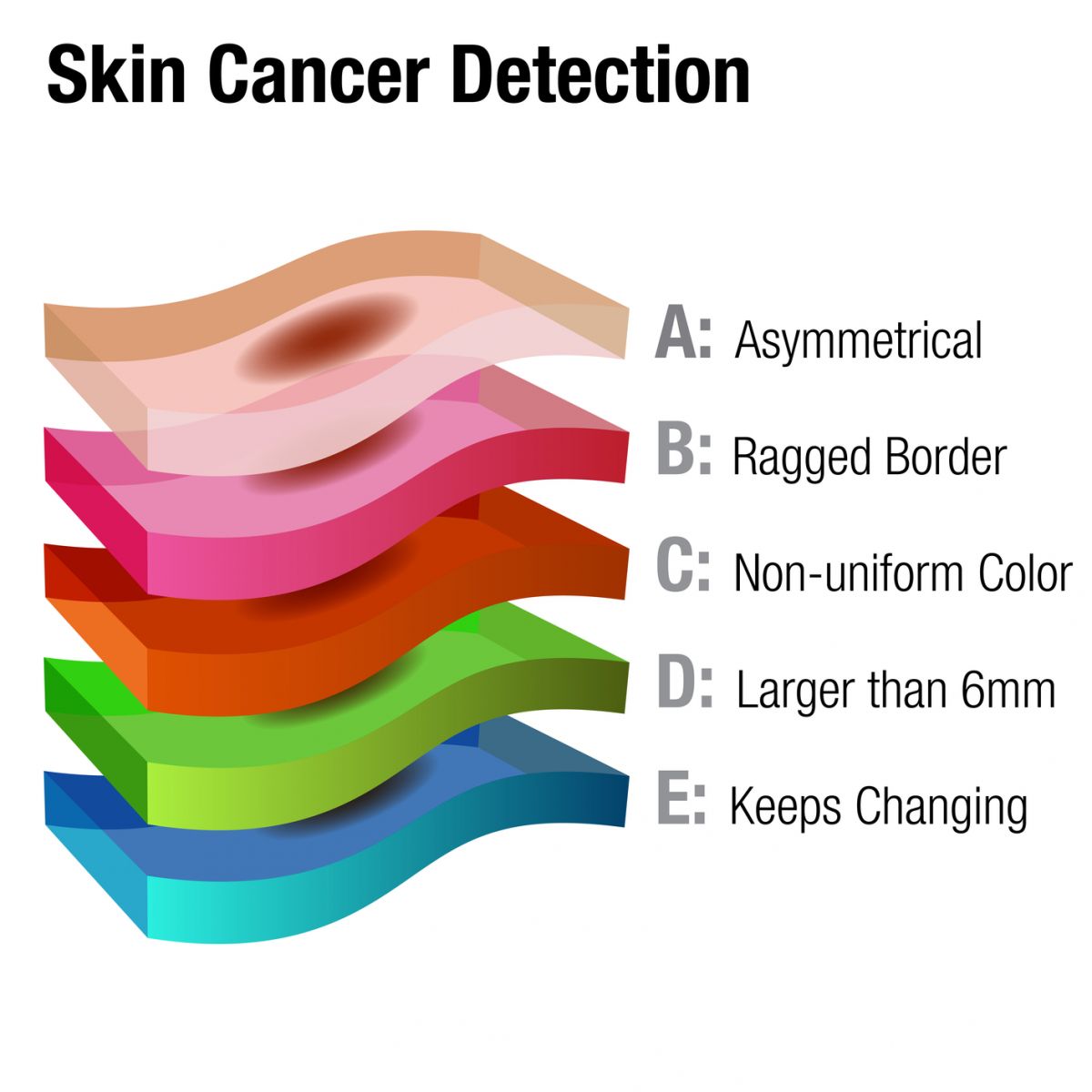Welcome to the DermacenterMD Blog
Posts for tag: sunscreen

A sunburn is the pink to red color our skin becomes as a warning sign and reaction to being in the sun too long. Most of us have had at least one sunburn in our life. Understanding why it happens and the possible consequences can help us avoid this harmful reaction in the future.
Sunburn is the skin’s response to an excess amount of ultraviolet (UV) rays of the sun. The skin initially does not turn pink right away, but rather it often loses moisture and can feel tight or painful. The skin will begin to turn pink or red, which might not show up for hours after the exposure. Often we do not realize what has happened to our skin until it is too late.
Even as little as 10 minutes of intense UV exposer can burn the skin causing redness, tenderness and swelling. In response to UV rays, the outer layer of skin produces a tanning pigment called melanin. This melanin is a protective agent which blocks some of the harmful UV rays which normally penetrate the skin. Some of the harmful rays can cause damage to the skin’s DNA which can ultimately lead to skin cancer.
Sunburns can have harmful effects on the body, even years after exposure. Science has shown that even a single blistering sunburn in childhood or adolescence more than doubles a person’s chances of developing melanoma later in life. A person’s risk for melanoma, the most serious and potentially fatal form of skin cancer, doubles if he or she has had five or more sunburns. The two most common types of skin cancer, basal cell carcinoma and squamous cell carcinoma, are also directly related to sun accumulation over many years. The most common locations for these cancers are sun-exposed areas: the face, ears and hands.
It is so important to avoid sunburns if at all possible. The most useful tip to avoid sunburn is to avoid the sun and protect the skin. Wear sunscreen when you are outside, even for short periods. Sunscreens with an SPF of at least 30 or higher which contain one of the following ingredients: titanium dioxide, zinc oxide or parsol 1789 (avobenzone) are best. Also protective clothing and avoiding the sun a when it is at the worst, typically 10 a.m. to 4 p.m. is ideal. Protecting your skin is essential to your health and well-being. Be sun smart this summer and protect your skin from the harmful rays of the sun!
Skin cancer is the most common cancer of all cancers today. It is estimated that 1 in 3 Americans will have a skin cancer during their life time. Over 3 million skin cancers are diagnosed each year. The harmful rays of the sun contribute to the development of rough scaling precancer spots termed actinic keratosis, basal cell carcinomas (BCC), squamous cell carcinomas (SCC), and the deadly melanoma cancer. Each of these growths can lead to bigger problems and require treatment. Some cancers can even become life threatening. Skin cancer prevention is a major reason to wear sunscreen.
Which sunscreen should I buy?
The important point here is to buy a sunscreen you will wear. This means the one which you tolerate best. There are now sunscreens available in lotions, creams, sprays and powders (of which many active people who sweat prefer the powder). Find the right product for your skin. Then you need to pick the right ingredients. All sunscreens block UV-B the rays, which cause sunburn, but not all block UV-A rays. In fact, only a few ingredients block UV-A rays and provide true broad spectrum coverage. The strongest UV-A blockers are thought to be Zinc Oxide, Titanium Dioxide, Parsol 1789 (Avobenzone) and Meroxyl. Of these, Zinc Oxide and Titanium Dioxide are labeled as physical blockers which bounce the sun off the skin rather than absorb it, so many clinicians prefer these.
When do I need sunscreen?
The most important time to wear sunscreen is when the sun is intense. This is mostly between 10 am and 2 pm. However, a little known fact is that up to 85% of our sun exposure comes from incidental sun exposure. This means the trips to the grocery store, work, etc. are the times we get most of our sun damage over a life time. Though most of us don’t do this, we should wear sunscreen on a daily basis. This would reduce dramatically our cumulative sun damage.
So what SPF do I need?
This is better understood if you learn about SPF. So please take a minute to read so you make the right decision. SPF stands for sun protective factor. More simply, it is a laboratory measure indicating a person under lab conditions would take longer to burn as represented by the rating on the bottle. An SPF of 15 used by someone who normally burns in 10 minutes at the noon time sun would take 15 times as long to burn (150 minutes) if using the sunscreen properly. The SPF also dictates how much of the UV is blocked. The amount of UV blocked for SPF 15 is 93%, for SPF 30 is 96.7%, and SPF 45 is 98.5%. So wearing an SPF of 60 does not provide double the protection of SPF 30 but rather takes the SPF number from 96.7% closer to the 100% mark. Thus many researchers indicate an SPF higher than 30 does not yield much more protection. So use an SPF 30 or higher.

Today is a special day to remind us just how important it is that we protect our skin from the sun. Today is Melanoma Monday, and the aim of this day is to raise awareness of the most deadly form of skin cancer. The entire month of May is National Skin Cancer Awareness Month and it is important to understand that everyone, despite age, race or skin type is at risk for skin cancer. In fact, 1 in 5 Americans will have skin cancer at some point in their life. Skin cancer is common and it could happen to you. However, there are ways to prevent skin cancer and reduce your risk. Here are 5 different ways you can protect your skin from developing skin cancer:
1. Wear Sunscreen-
This is perhaps the most important of all the ways to prevent skin cancer. You should be wearing sunscreen 365 days a year! The sun beats down on on us each and every day, even if we don't see it. You should be sure to apply sunscreen whenever you go out. When selecting your daily sunscreen, be sure to get an SPF of at least 30 and make sure it contains at least one of these ingredients: titanium dioxide, zinc oxide or parsol 1789 (avobenzone). Also, it is important to apply enough sunscreen when you go out. If you are going out for an extended period of time, you should be applying 2 tablespoons of sunscreen every 2 hours.
2. Avoid Sun-
If you forget your sunscreen, you will want to avoid the sun as much as possible. Wearing a hat and long sleeves and long pants will also help to reduce your sun exposure. It is important to know that the sun is hottest between the hours of 10 a.m. and 4 p.m., so you should seek shade whenever possible, especially between those hours.
3. Check your skin monthly-
Skin cancer is treated most easily when it is caught early. If you set aside time every month to check your skin, you will know if something suspicious shows up. Checking your skin monthly allows you to catching anything unusual early and then get in to see your dermatologist as soon as possible. When checking your own skin, don't forget to look in hard to see places like your scalp, back, bottoms of your feet and between your toes. You may ask someone who cares about you to help you in this process to ensure that every inch is checked.
4. Know what to look for-
When you check your skin it is important that you know the signs of skin cancer. The most important thing to remember is that if you have a new or changing mole or lesion, you should have it checked. The following diagram contains the ABCDE's of melanoma:

5. Annual Full-Body Skin Exam-
Last but certainly not least, it is essential to have your skin checked by a skin professional at least once a year. Your dermatologist knows what to look for. In fact, Dr. Moore is a skin cancer expert. He will look you over head to toe to ensure that nothing is suspicious. If he does find something suspicious, he will most likely perform a procedure known as a biopsy to test the site to make sure it does not contain skin cancer. If he does find skin cancer, you can rest easy knowing you are in good hands. Here at DermacenterMD, we offer to most comprehensive and state of the art treatments for skin cancer.
If you or someone you know is concerned about skin cancer, do not hesitate to call our office and set up your skin cancer screening exam. It could save your life, or the life of someone you love!
Call today! 574-522-0265. No referral is necessary.
With warm sunny weather right around the corner, there will be lots of swimming, gardening, picnics, baseball games, and other outdoor activities. Of course, more time outdoors means more sun exposure. Although most of the population is aware that there is a correlation between sun exposure and skin cancer, there are still many misunderstandings about who benefits from sun protection.
Q: I tan easily, so I don't need to worry about skin cancer or wearing sunscreen, right?
A: Although individuals with fair complexions are at a higher risk for skin cancer, people of all skin types can develop skin cancer. Tanning is a protective response to ultraviolet radiation. This means by the time you notice a tan, there has already been damage to your skin. Cosmetically, tanning also speeds the aging process and can make certain types of age spots, melasma, and darkening of the skin after inflammation (called postinflammatory hyperpigmentation) more prominent.
Q: I already have a lot of sun damage from when I was younger –isn't it too late for me to worry about using sunscreen now?
A: It’s never too late to incorporate photoprotection into your routine! In fact, one study showed that use of sunscreen in individuals already diagnosed with precancerous lesions decreased the number of new lesions that formed.
Q: There are so many options—how do I know I have the right kind of sunscreen?
A: To get protection from both UVA and UVB rays, look for at least 1 of the following ingredients: Titanium Dioxide, Zinc Oxide, Parsol 1789 (Avobenzone), or Mexoryl (anthelios). Titanium Dioxide and Zinc Oxide are physical blockers that protect the skin by reflecting light and are excellent for people with sun sensitivity, melasma, or sensitive skin. They are now available in micronized form to go on clear. Many sunscreens with these ingredients have key words in the title such as “sensitive skin,” “natural,” or “chemical-free.” Several baby sunscreens use these as active ingredients as well. Make sure to apply about 30 minutes before your activity and reapply at least every 2 hours while you are outdoors.
Sunscreens now come in lotions, creams, gels, sprays and powder formulations. There are even types for dry, sensitive or acne prone skin, so everyone can find the perfect product to keep their skin healthy as they enjoy the beaufiful sunny days to come!
Archive:
Tags
- dry skin (2)
- moisturizer (1)
- sensitive skin (3)
- PA (2)
- Skincare (2)
- skin cancer (29)
- cancer (6)
- facts (1)
- skin (19)
- dermatology (22)
- skin care (19)
- cosmetic (2)
- wrinkles (1)
- Botox (4)
- Dysport (3)
- sleep (1)
- look good (1)
- daily routine (1)
- healthy lifestyle (1)
- doctor (2)
- patient (1)
- sun protection (5)
- sunscreen (14)
- aging dermatology (1)
- providers (1)
- tanning (2)
- sun (6)
- UVA rays (2)
- UVB rays (2)
- melanoma (10)
- Acne (2)
- Treatment (2)
- sunscren (1)
- sun exposure (5)
- Melanoma Monday (2)
- Skin Cancer Awareness Month (1)
- education (2)
- skin cancer specialist (1)
- basal cell carcinoma (1)
- squamous cell carcinoma (1)
- ingredients (2)
- improve your smile (1)
- cosmetics (1)
- laser (1)
- fillers (2)
- sunburn (3)
- avoid the sun (1)
- hat (1)
- sun clothing (1)
- SPF (1)
- Rosacea (3)
- NP (1)
- Nurse Practitioner (1)
- mid-level provider (1)
- physician (1)
- dermatologist (6)
- cosmetic dermatology (4)
- anti-aging (2)
- youthful looks (1)
- Eczema (2)
- rash (2)
- itch (1)
- the rash that itches (1)
- reduce itch (1)
- itching (1)
- getting along with others (1)
- basal cell (2)
- squamous cell (2)
- detection (1)
- Mohs surgery (2)
- photoaging (1)
- Inspiring (1)
- word of the day (1)
- inspiration (3)
- uplifting (1)
- protection (4)
- lips (1)
- reduce wrinkles (1)
- look younger (1)
- encouragement (1)
- never give up (1)
- you can do it (1)
- medical school (1)
- dreams (1)
- brown spots (1)
- moles (2)
- liver spots (1)
- age spots (1)
- Abe Lincoln (1)
- life lessons (1)
- lip cancer (1)
- health (12)
- motivation (1)
- work (1)
- people (2)
- home life (1)
- lifestyle (1)
- ABCDEs of Melanoma (1)
- mole (1)
- skin check (2)
- skin facts (2)
- odd (1)
- fun (1)
- interesting (1)
- lung cancer (1)
- disease (1)
- Christmas (2)
- gifts (1)
- sun burn (1)
- winter skin tips (1)
- itchy skin (1)
- winter skin (1)
- myths (1)
- myth busted (1)
- skin protection (1)
- sunscreen safety (1)
- specialist (1)
- red skin (1)
- irritation (1)
- feel good (1)
- helping (1)
- help (1)
- helping others (1)
- treatment options (1)
- skin health (9)
- Vitamin D (2)
- tanning beds (1)
- skin health. dermatology (1)
- sunshine (1)
- awareness (1)
- prevention (1)
- sun damage (3)
- connections (1)
- working together (1)
- health care (1)
- biotin (1)
- medical (1)
- aging (1)
- elkhart (1)
- Roger Moore (1)
- check (1)
- skin type (1)
- skin cancer prevention (1)
- gift guide (1)
- Christmas gift guide (1)
- Dr. Roger Moore (1)
- holidays (1)
- family history (1)
